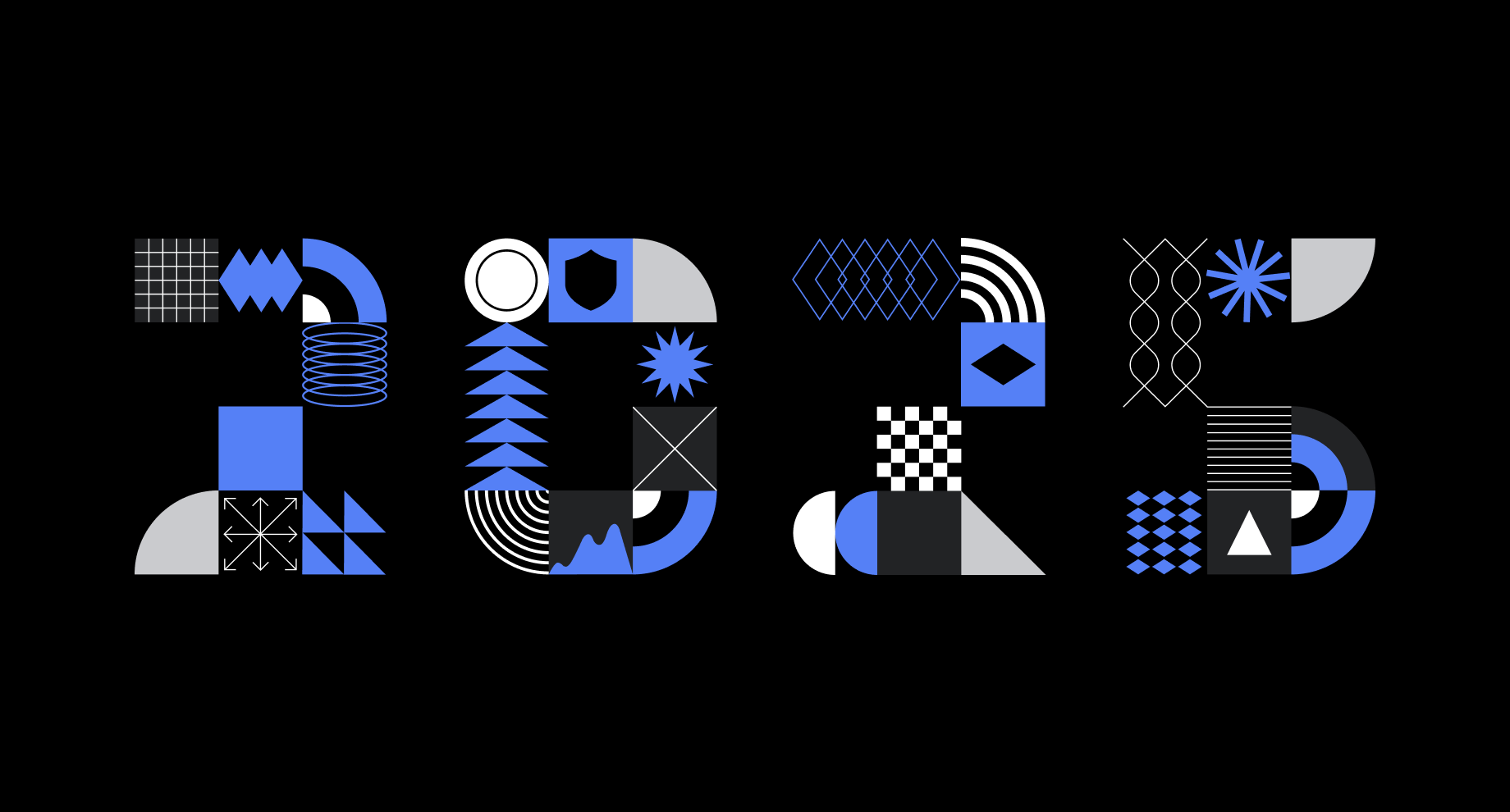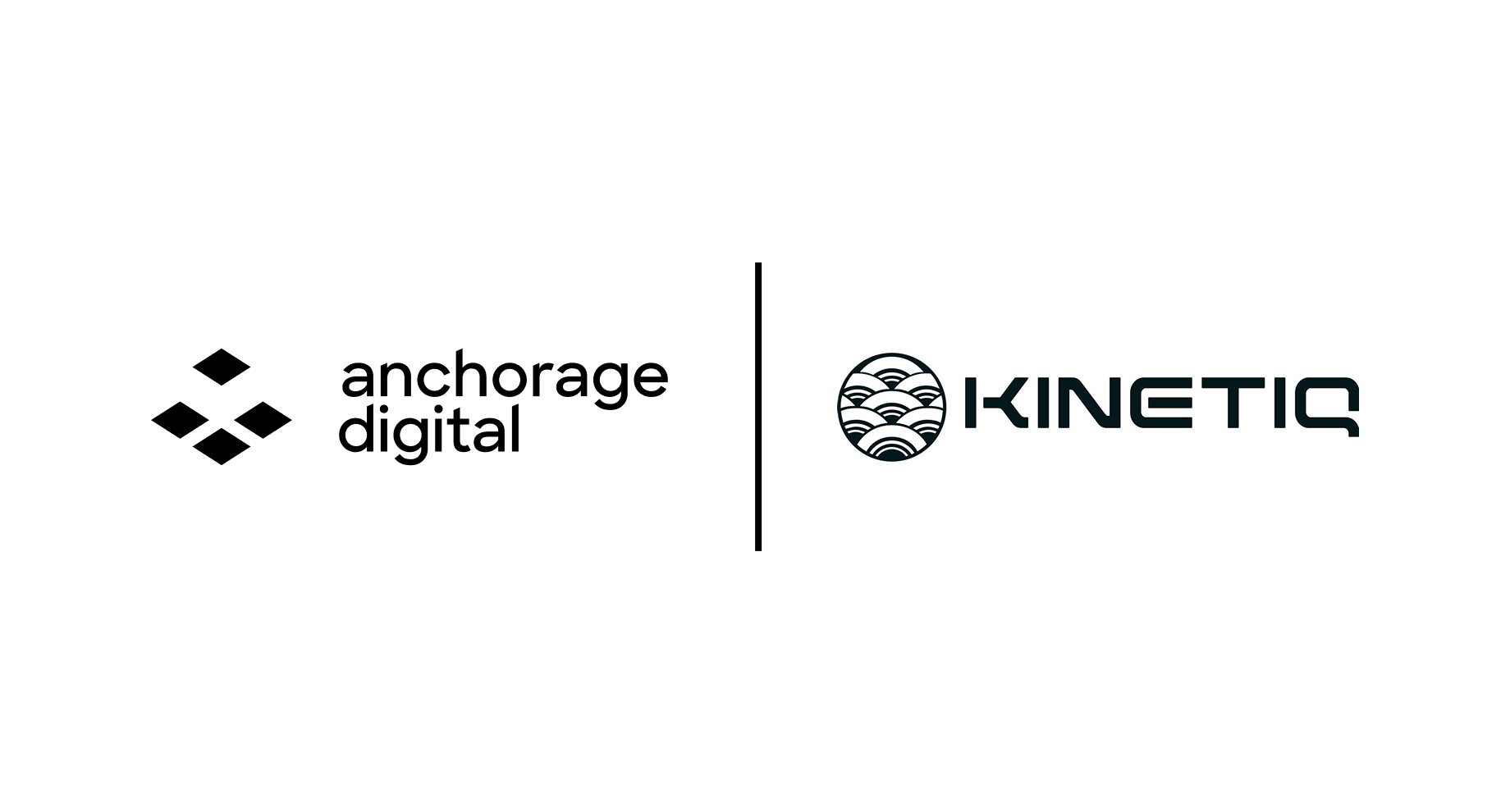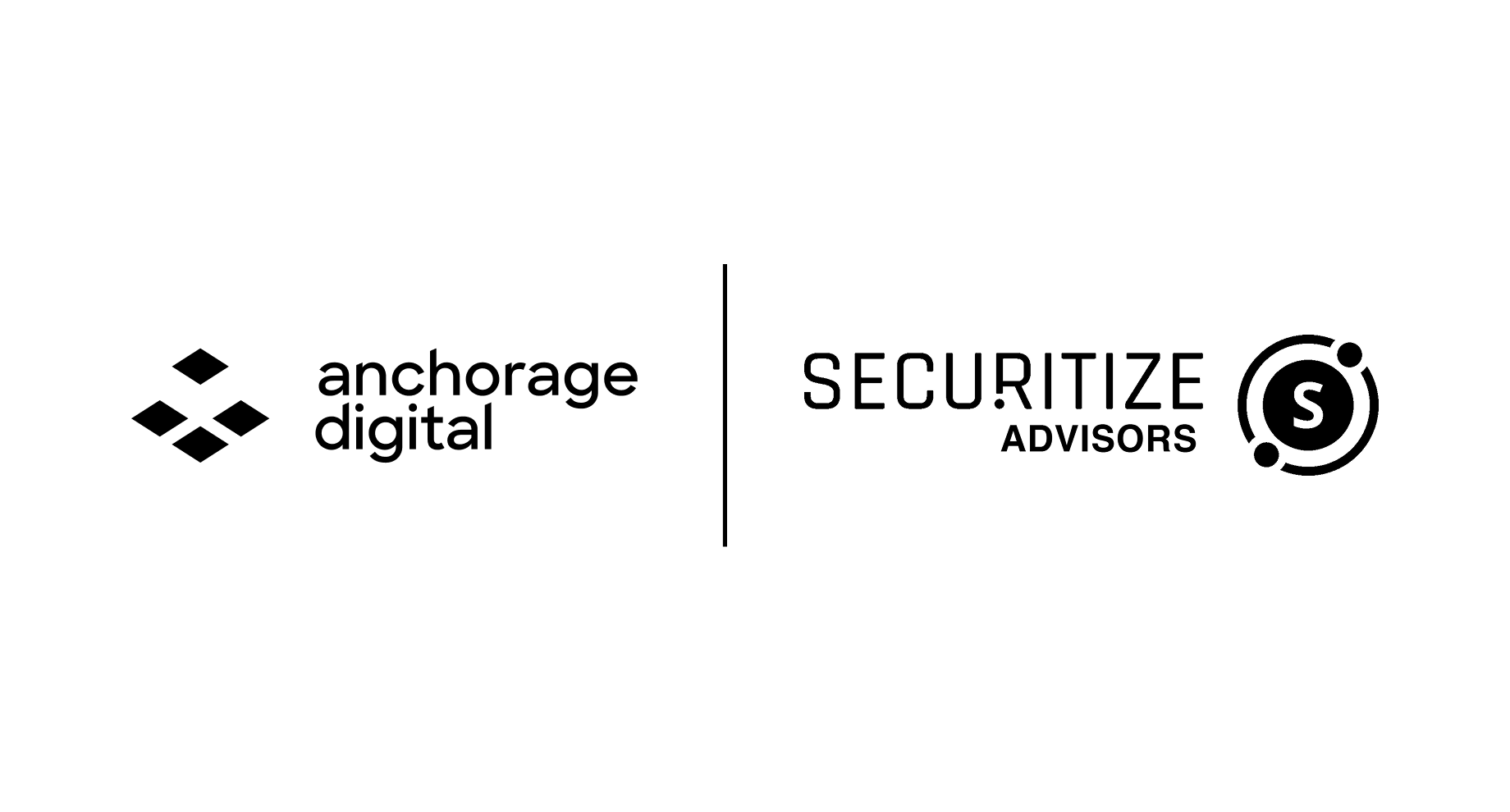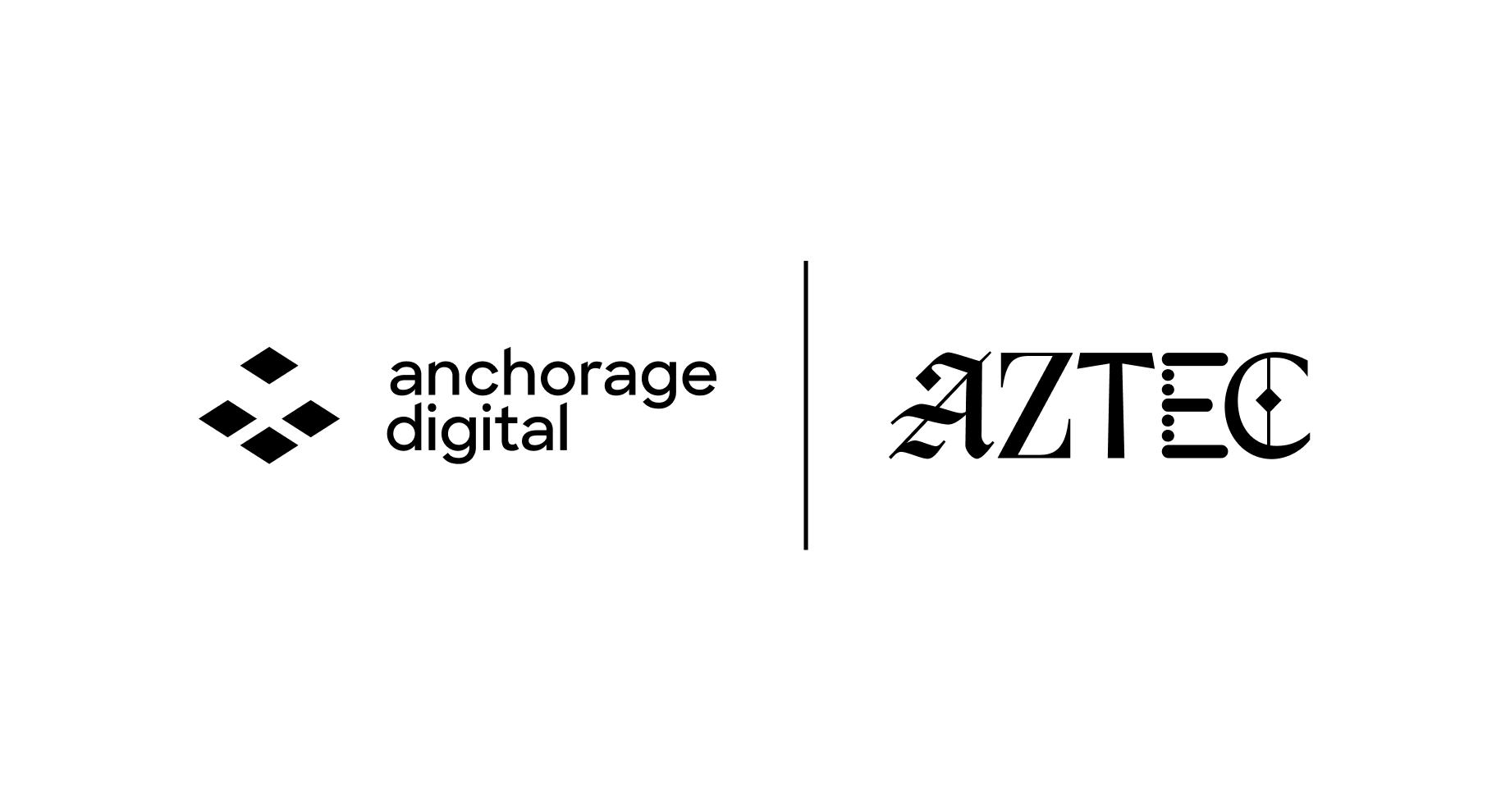Ethereum’s Shapella Upgrade and the Future of Institutional Adoption

Today marks a major milestone for the Ethereum ecosystem: the Shapella Upgrade, which will allow for withdrawals of staked ETH. The Shapella Upgrade is a portmanteau of two upgrades happening simultaneously: Shanghai for the execution layer, and Capella for the consensus layer. It comes after ETH transitioned from proof-of-work to proof-of-stake through the Merge, which was completed in September 2022. The successful transition from PoW to PoS was a historic moment in distributed engineering that was over seven years in the making.
In January 2023, we looked back at the Merge and what it meant for the future of institutional adoption. At the time, Anchorage Digital Co-Founder and President Diogo Mónica spoke to TechCrunch and highlighted how “there was a big jump in interest post-Merge,” but many institutional participants were still waiting for the Shapella Upgrade before fully jumping into ETH staking.
Now, with the Shapella Upgrade successfully completed, we reflect on what it means for the future of institutional adoption and our institutional client base at Anchorage Digital.
The Shapella Upgrade: An Overview
Before the Shapella Upgrade, staked ETH had been locked, meaning participants could not withdraw it. While there was a timeline, nothing was certain. The Shapella Upgrade finally makes withdrawals of staked ETH possible and represents a major step forward in the continued decentralization and maturation of the Ethereum ecosystem.
While the option to fully withdraw staked ETH is a major upgrade, doing so is a dynamic, multistep process. Participants must first submit a signature to join an exit queue. The length of the exit queue is dependent on two factors: (1) the number of validators operating on the network at a given time and (2) the churn limit, a safety mechanism restricting the number of validators who can exit at once. For this reason, withdrawals may not be immediate for everyone.
After a participant makes it through the exit queue, they enter the withdrawal period. The length of the withdrawal period also depends on the number of validators trying to withdraw staked ETH at once. Together, the exit queue and withdrawal period put a theoretical limit of about 1,800 validators that can exit per day.
There is also the concept of a “partial withdrawal”, where the rewards a validator has accrued in excess of the 32 ETH staking minimum are automatically sent to the beneficiary address instead of being stuck in the validator. This occurs on average once per week and is independent of the full withdrawals described above.
ETH and Institutional Adoption
For institutions, entering ETH holdings into an unknown lock period may not have made sense. Both the assurance of successful technical upgrades and the ability to unlock staked ETH, are likely to interest more institutions in participating in Ethereum staking in the months ahead.
It’s worth noting that rewards for staking could change by participation levels. More parties staking, for example, will lower rewards, but will also strengthen network security, further decentralizing the Ethereum network.
According to Dune Analytics, ETH has also trended deflationary since January 2023, and as more ETH is unlocked and potentially spent, creating more network fees, it’s possible this trend could continue.
What’s Next?
Historically, most interest in ETH staking has come from crypto-native players, but with the ability to withdraw, more traditional institutions are poised to stake ETH. As a regulated, secure partner to institutions, Anchorage Digital is pleased to offer ETH staking. Existing users of this service can expect to see deposits from partial withdrawals shortly after the upgrade happens, with the ability to fully withdraw coming in the near future.
To learn more about Anchorage Digital’s staking services, clients should contact their relationship manager and prospective clients can get in touch with us.
About Anchorage Digital
Anchorage Digital is a global crypto platform that enables institutions to participate in digital assets through trading, staking, custody, governance, settlement, stablecoin issuance, and the industry’s leading security infrastructure. Home to Anchorage Digital Bank N.A., the first federally chartered crypto bank in the U.S., Anchorage Digital also serves institutions through Anchorage Digital Singapore, which is licensed by the Monetary Authority of Singapore; Anchorage Digital NY, which holds a BitLicense from the New York Department of Financial Services; and self-custody wallet Porto by Anchorage Digital. The company is funded by leading institutions including Andreessen Horowitz, GIC, Goldman Sachs, KKR, and Visa, with its Series D valuation over $3 billion. Founded in 2017 in San Francisco, California, Anchorage Digital has offices in New York, New York; Porto, Portugal; Singapore; and Sioux Falls, South Dakota. Learn more at anchorage.com, on X @Anchorage, and on LinkedIn.
This post is intended for informational purposes only. It is not to be construed as and does not constitute an offer to sell or a solicitation of an offer to purchase any securities in Anchor Labs, Inc., or any of its subsidiaries, and should not be relied upon to make any investment decisions. Furthermore, nothing within this announcement is intended to provide tax, legal, or investment advice and its contents should not be construed as a recommendation to buy, sell, or hold any security or digital asset or to engage in any transaction therein.
Anchorage Digital Bank National Association offers fiat custody services through the use of an FDIC-insured, licensed sub-custodian.








